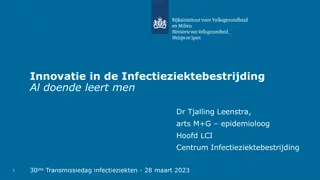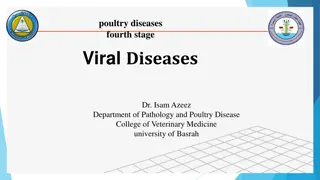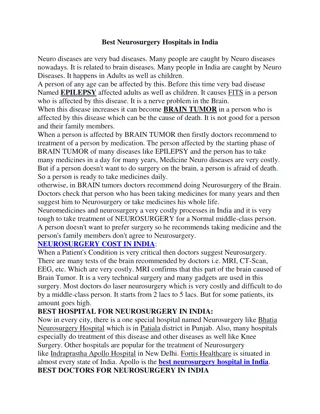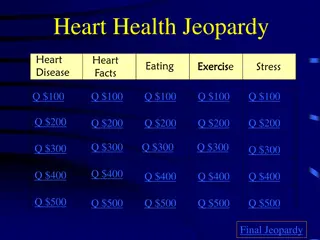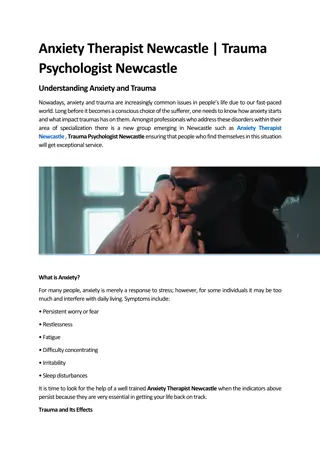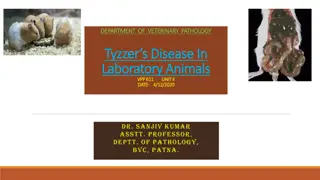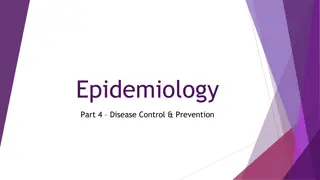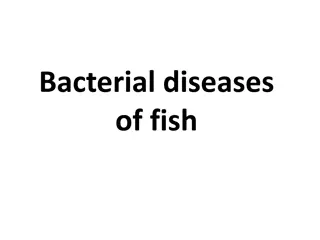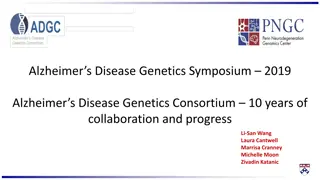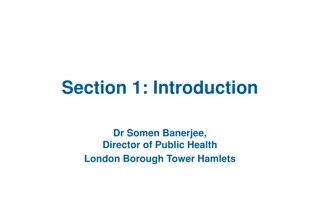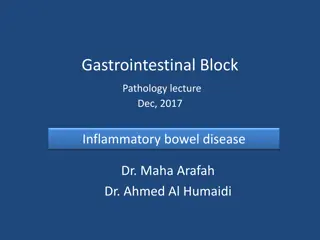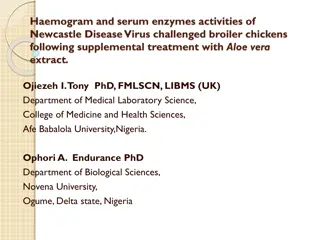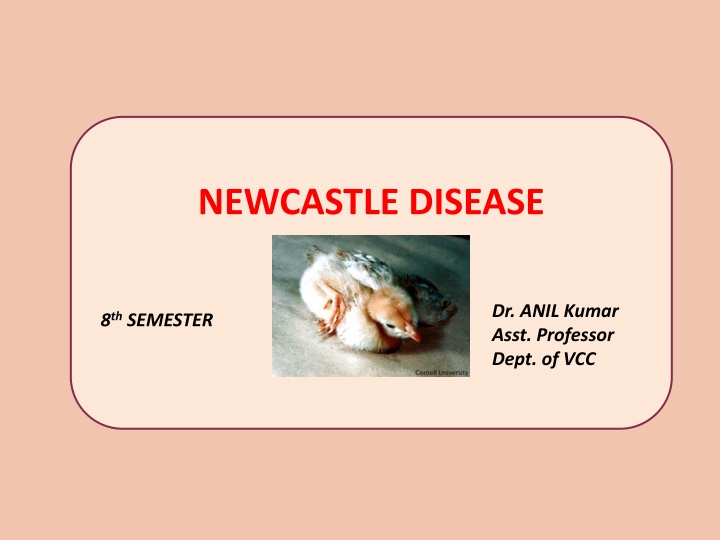
Newcastle Disease in Poultry: Symptoms, Diagnosis, and Prevention
Learn about Newcastle Disease caused by Paramyxo virus, its symptoms like depression, respiratory distress, and paralysis, diagnostic methods like serological tests and PM findings, and prevention through good hygiene and vaccination in poultry farming.
Download Presentation

Please find below an Image/Link to download the presentation.
The content on the website is provided AS IS for your information and personal use only. It may not be sold, licensed, or shared on other websites without obtaining consent from the author. If you encounter any issues during the download, it is possible that the publisher has removed the file from their server.
You are allowed to download the files provided on this website for personal or commercial use, subject to the condition that they are used lawfully. All files are the property of their respective owners.
The content on the website is provided AS IS for your information and personal use only. It may not be sold, licensed, or shared on other websites without obtaining consent from the author.
E N D
Presentation Transcript
NEWCASTLE DISEASE Dr. ANIL Kumar Asst. Professor Dept. of VCC 8th SEMESTER
NEWCASTLE DISEASE ETIOLOGY: Paramyxo virus., RNA Virus. First time recorded in New castle in 1926 in England and in Ranikhet in 1928 in Uttaranchal(India). It occurs throughout the year, but is most common in the summer. On the basis of virulence: 1.LENTOGENIC VIRUS(MILD). 2. MESOGENIC VIRUS(MODERATE). 3.VELOGENIC VIRUS(SEVERE). ND disease confused with Avian influenza : Avian influenza virus-HA-Rabbit but ND doesn t. Avian influenza virus doesn t produce disease in pigeons but ND can. ND Virus losses its HA activity at at5,90,180 minutes but pathogenicity lost at 180 minutes but AI Virus become non- infectious before HA property of the virus is lost.
HOST : In poultry(virulent form), but in ducks, turkey, wild birds and pheasants have less severe form of disease. SPREAD : Inhalation and Ingestion. Feed, Water and Equipments. Movement of people. Air transmission is very important. In Humans, the virus causes conjunctivitis, headache and influenza like symptoms. SYMPTOMS : In velogenic form : Depression Closed eyes and facial swelling. Drooping wings and anorexia with greenish/yellowish diarrhea. Some times in neural form--- Torticollis, incordination or even paralysis of legs and arched back position of the body.
Torticolli s Paralysis of legs Abnormal perching reflex Coughing and gasping Edema(Head),Conjunctivitis , Cornea edema(Eye) Greenish diarrhea Greenish diarrhea with white urates
In mesogenic form : Severe respiratory distress. Marked drop in egg production. Some times soft shelled egg or shell less egg. In lentogenic form: Only mild respiratory distress. DIAGNOSIS : Isolation of virus. P.M finding : 1. Pin point haemorrhage in proventriculus. 2.Enlarged and haemorrhagic caecal tonsil. 3.Intestinal haemorrhage in intestinal wall. 4. Necrotic spleen. Serological test : 1.H I Test 2. ELISA Test 3.CFT Test 4. V N Test. Biological test : 1. Inoculation --- Pigeon-----Produce disease in 6 day. 2. Immunized Poultry-----not produce disease where as unimmunized poultry------ produce disease.
PM FINDINGS Fig 2: Caecal tonsils with necrosis and marked hemorrhagic lesions Fig 1:Proventriculus shows edematous glands with some areas of hemorrhages. Fig 4 : Entire length of intestinal mucosa shows hemorrhagic changes. Fig 3 :Severe hemorrhages on caecal tonsils and mucosa of the rectum.
TREATMENT: No treatment PREVENTION AND CONTROL : Good hygiene, good management, and good biosecurity practices. Along with vaccination. There are 3 types of commercially available vaccines for RD disease: 1. Live lentogenic vaccines: They have F, Hitchner B1, LaSota and V4 vaccines. Least harmful vaccines(LaSota and B1 most widely used). Of these F has lowest disease producing power. LaSota is not used for first vaccination but often as a booster after one or more B1 strain/ F strain vaccines. Given by eye drop, drinking water or by machine producing spray.
2. Live mesogenic vaccines: They are Mukteswar (R2b), Roakin, Komarow, and H (Hartford shire). They are capable of causing severe disease and must be given after earlier vaccination with least harmful vaccines (Live lentogenic vaccines). Capable of producing a high secondary immune response. 3. Killed vaccines: Prepared from both virulent and avirulent form. Given either by i.m or s.c route. MATERNAL IMMUNITY : This may prevent the effectiveness of primary vaccination, so, the birds are either vaccinated at 3-4wks of age or vaccinated with live virus at one day old chicks by eye drops or coarse spray and revaccinate at 3-4 wks of age. Killed vaccines successfully in one day old maternally immune chicks.


